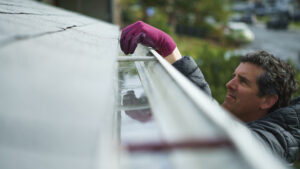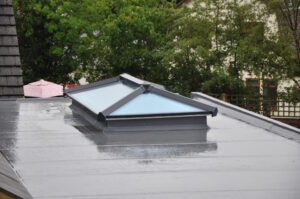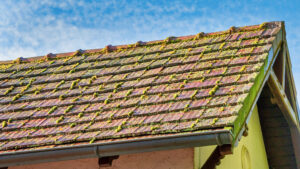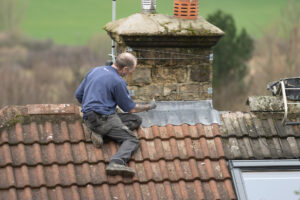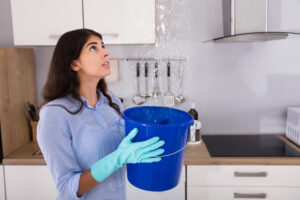We all breathe a sigh of relief when the sun comes out after a stormy night, and once the sun shines brightly again, it is the time to look for signs of roof damage and to take action as soon as possible. If a casual inspection reveals a need for maintenance or full out repairs, WABO roofing is just a call away.
Things To Look For and Keep In Mind
- Siding and damaged parts of the roof are common after a storm.
- A mighty hail can result in dents, cracks, and misplaced parts on the roof.
- A high wind can also cause misplacement and remove parts of roofing materials.
- It’s common to see water ingress caused by missing or damaged shingles.
- It would be sensible of you to run a damage inspection after severe storms.
After the tantrum of a hail storm, hurricane, or snowstorm, you might breathe a sigh of relief that it’s all over. Nevertheless, even if there are no outwardly prominent signs of roof damage or visible roofing inconvenience, like water pouring from your ceilings or a tree fallen on your roof, it is still essential to run a damage assessment of your house roof.
The roof of your house is more likely to suffer damages that require assessment and repair in the aftermath of a storm. It is a wise decision to run a professional roof damage assessment to get a factual report after a prolonged or powerful storm. Not only it is tough for an untrained person to look for damages on highly elevated roofs, but also it is safer to ask for professional assistance for inspecting damages on the roof.
Shingles Missing from the Roof
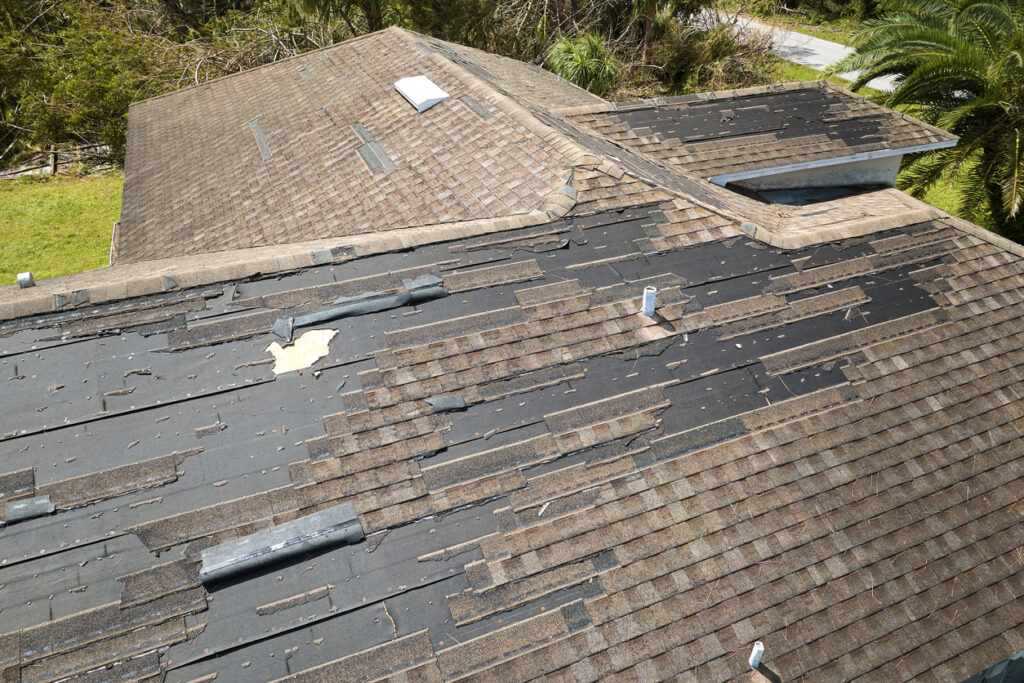
High winds that are mighty enough can often cause entire shingles to tear off from the roof, more so if the shingles are already corroding or have cracks. Looking for missing shingles is easier to spot and usually visible from a ground inspection. Additionally, you may also find pieces of broken shingles scattered around the surroundings of your house.
Damaged Shingles
Shingle damage should never be overlooked—it can lead to water entering your home. Roof hail storm damage often results in dents, cracks, or holes, whereas strong winds lead to lifting shingles, tears or peeling . This type of damage is difficult to spot from the ground, so conducting a roof inspection following a storm can be helpful.
If you ignore shingle damages, they can easily result in water pouring into your home. Hails and storms cause dents, holes, or cracks. Likewise, strong winds result in peeling, lifting, and tearing shingles from the roof, so allowing a professional roof inspection could be helpful.
Granule Debris on Shingles
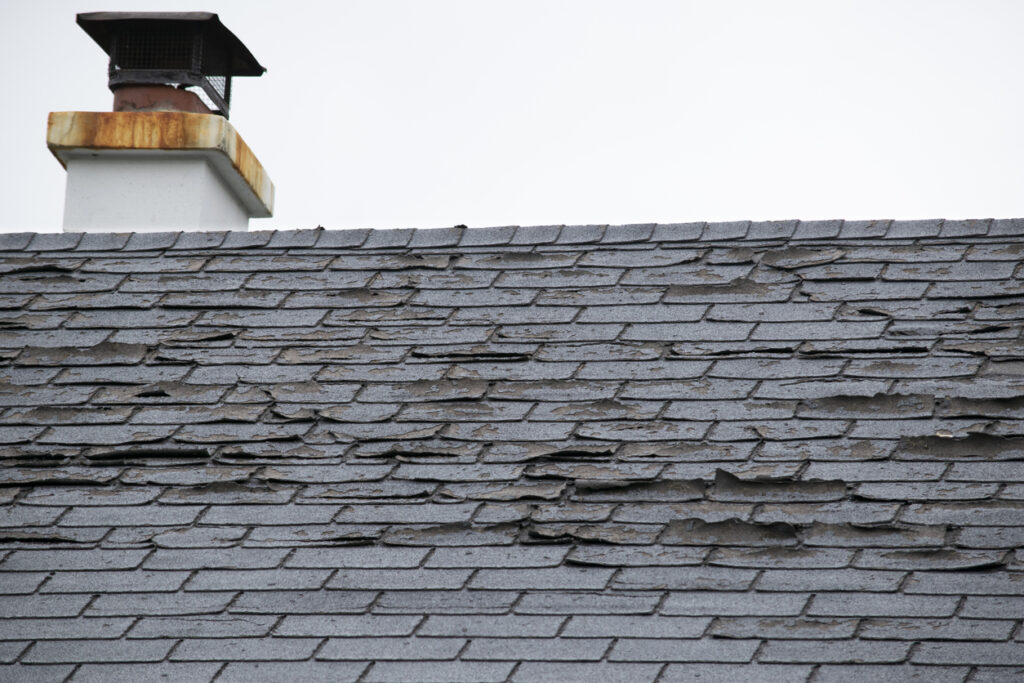
With a layer of granules on the surface, asphalt shingles help protect your roof from harmful UV rays. A slow and gradual granule loss through passing years is normal, although various storms — such as tough hailstorms — often cause scattering of the outer layer of granules. If a good amount of granule debris goes unnoticed, you may soon experience problems with weatherproofing in your home.
If you have house insurance, you should get it checked as soon as possible because filing a claim within the post-storm period is crucial to getting the money.
A thin horizontal indented line on the roof shingles is a visible sign of granule loss. The gutters and downspouts are often filled with granule debris.
Fascia, Gutter, Soffit, or Flashing Damage
Shingles are not the only part that bears the battering during storms, so inspecting the other components of the roof structure is equally important. Fascia, soffits, gutter, and flashing can also be affected by stormy weather as they all play an integral role in giving you and the home interior a weatherproof shelter.
Strong winds can loosen the fittings, while downspouts and gutters can be clogged by storm debris. On the other hand, flashing can get misplaced, damaging the seal. These essential roof parts must be checked for cracks and dents after a hailstorm. The heavier and larger the sleets, the more the chances of damage are on the roof.
Crooked Chimney
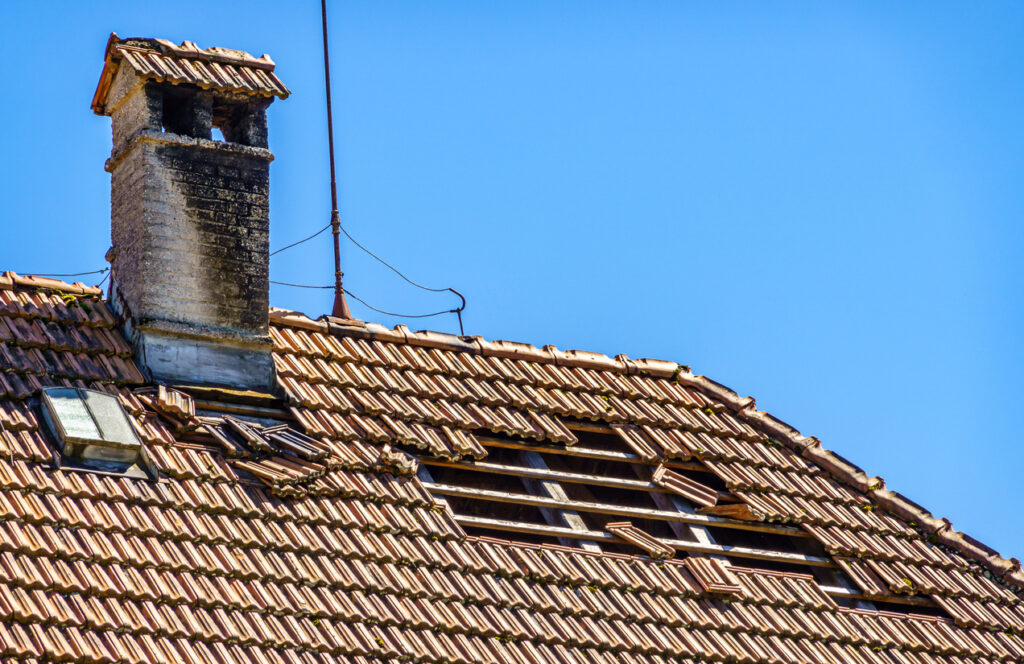
Severe storms often cause problems with the flashing seal around the chimney on the house roof, which eventually allows water to pour inside. If this occurs, the function of the chimney is disrupted, leaving it crooked or leaned on one angle. It’s not going to be like the Tower of Pisa, so it will not be clearly visible from the ground level. Rather, it requires a close inspection to identify change. So, it is best to take the help of a professional to spot the problem.
Leaks in the Ceiling or Attic
Water pouring from the ceiling during a storm is an obvious sign of roof damage. Nonetheless, moisture on the ceiling or roof walls is a more subtle sign but usually leads to major problems with weatherproofing.
Use a flashlight and look for signs of damage in the attic, such as discoloration or dampness on the ceiling, walls, lumber, or insulation. Ignoring these slow water ingress can result in dangerous mold formation. Although you don’t need to be alarmed by occasional water blowing with the wind through the ventilation, you should look for water drops around the chimney, valley, or fixtures.
A little snow getting in from the different levels of ventilation is normal, but if it’s a lot, you must get it removed before it melts, which could damage the drywall beneath it.
Ice Dam on the Roof
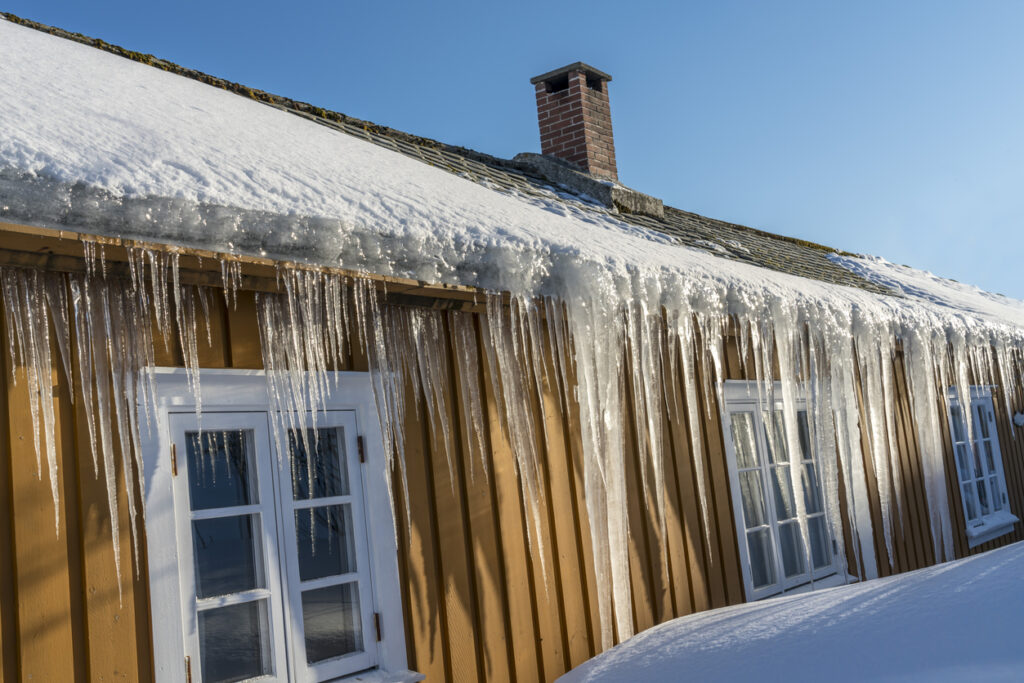
A common problem in the winter season is when your house is hit by a snowstorm, an ice dam forms around the roof edges, gutters, and eaves. The melting and refreezing of snow results in formation of ice dams.
Ice dams can cause the breakage of shingles, pulling down the gutters and leading to internal water damage.
Look out for tiny icicles before they expand to a heavy ice buildup, and remove them with professional help.
Damage by tree branches or Storm Debris
If a severe storm causes an entire tree to fall on your roof, you will surely not miss it, although looking for damages caused by tree branches or other natural debris is hard that can be thrown upon the roof during mighty storm winds. This storm debris can cause the breaking of the shingles and even disturb the roof structure.
With all these possibilities in mind, you should consider a professional roof storm damage inspection by a reliable and expert roof services agency. Reach out to a professional roof service near you to fix such problems at the earliest sign.

